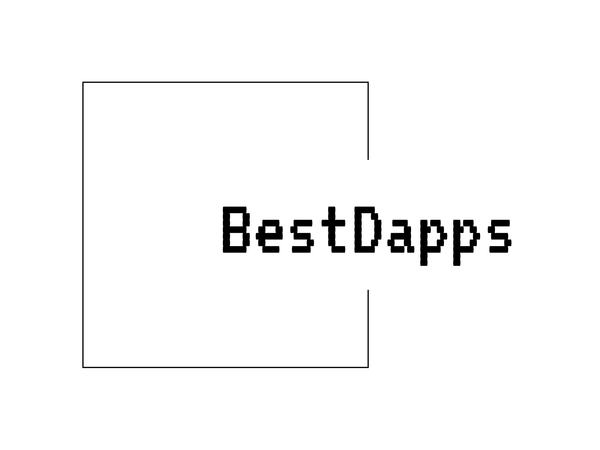
Unlocking Stacks: Bitcoin's Smart Contract Revolution - Stacks (STX) March 25 2025
Share
How Stacks (STX) Works: An Insight into its Mechanics
Stacks (STX) is a blockchain solution designed to enhance Bitcoin by providing smart contract functionality and decentralized applications (dApps). Unlike traditional blockchain networks, Stacks operates as a layer on top of Bitcoin, leveraging the security and stability of the Bitcoin network. This is achieved through a unique consensus algorithm called Proof of Transfer (PoX).
PoX: Bridging Bitcoin and Stacks
Proof of Transfer is a consensus mechanism that ties Stacks to Bitcoin, creating a symbiotic relationship between the two networks. In PoX, Bitcoin is used as the base asset, meaning miners on the Stacks network commit Bitcoin to earn Stacks tokens. This process enhances the security of Stacks by relying on Bitcoin’s established hash power and blockchain infrastructure.
The PoX mechanism is unique in that it incentivizes Bitcoin holders to participate in Stacks’ consensus by locking up their Bitcoin, which in turn rewards them with STX tokens. This not only secures Stacks but also compensates participants for their role in maintaining the network.
Clarity: The Smart Contract Language
One of the distinguishing features of Stacks is its use of the Clarity smart contract language. Unlike many other blockchain networks that utilize languages like Solidity, Clarity is designed to be secure and predictable. It is a decidable language, meaning that the outcomes of the smart contracts can be predicted with certainty before they are run.
Clarity is non-Turing complete and eschews the typical pitfalls of smart contract development, such as reentrancy and unpredictable contract states. By providing a more deterministic approach, Clarity offers developers a safer environment to build and deploy decentralized applications (dApps).
The Role of STX Tokens
In the Stacks ecosystem, STX tokens play a crucial role. They serve as the native currency for executing smart contracts, processing transactions, and rewarding participants in the network. STX holders can also participate in governance decisions, influencing the future development of the protocol.
Unlike some blockchain assets that are primarily traded, STX has a functional purpose within the Stacks network, driving utility and engagement through its various applications. This dual function as both an incentive and a utility token enhances its potential for widespread adoption among developers and users alike.
Decentralized Apps on Stacks
Stacks’ approach allows developers to create user-owned applications that leverage Bitcoin’s security while maintaining scalability and flexibility. Through its unique integration with Bitcoin, Stacks facilitates a robust ecosystem where decentralized applications can flourish without the limitations typically associated with the number one cryptocurrency by market capitalization. For a deeper understanding of comparable blockchain platform innovations, you might explore [A Deepdive into Avalanche (AVAX) - March 25 2025](https://bestdapps.com/blogs/news/a-deepdive-into-avalanche-avax-march-25-2025).
